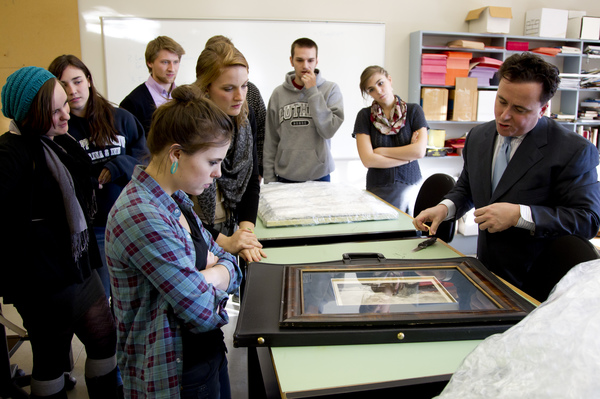A-Level Art History students and teachers have won back their subject, but should we be happy about it?
Reporter: Chloe Chapman | Sub- Editor: Cecilia Peruzzi

A collage of famous artworks over the years | (by WHSmith Blog)
Two weeks ago, A-level Art History was given a lifeline. The subject was set to be discontinued after Michael Gove declared it a ‘soft’ subject. This led to an uproar from students and teachers alike. Their raging campaign to change the government’s mind proved successful but just how useful is this subject in the modern world?
Many lump the subject under the category of ‘Art’ and see it as an easy one, taken by posh girls with no real academic substance. Those people, however, are wrong.
Art history is a challenging academic subject that not only requires a substantial amount of reading and writing but also a good understanding and knowledge of the cultural and social elements of artwork over multiple eras. Artist Jeremy Deller favoured keeping the subject, describing it as “the study of power, politics, identity and humanity. It makes perfect sense to keep the exam.”
In a modern world where people are glued to their phone screens and technology takes precedence, I think a subject that encompasses the creative works of those before such technologies were available is vital for a young person’s understanding of art, culture and creativity.

Students studying original artwork | (by Luther College)
Art history is a subject that challenges a student on many platforms and changes the way they view the world around them. Artists and designers have studied the work of others before them and in turn have been inspired and compelled to learn and create. It is thanks to those who have observed work over the ages, that we have such a diverse and innovative world today, full of interesting and inspiring art and designs.
Art history is more than just an art subject. It is a study of some of the most creative, thought-provoking and daring individuals. A rewarding cultural journey, A-level Art History really is too valuable to the young minds of today to be made history.
